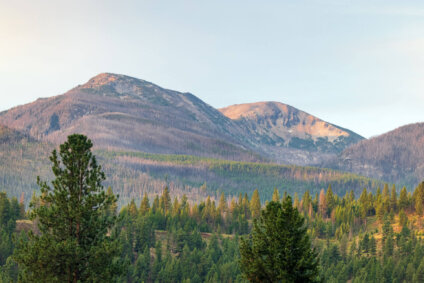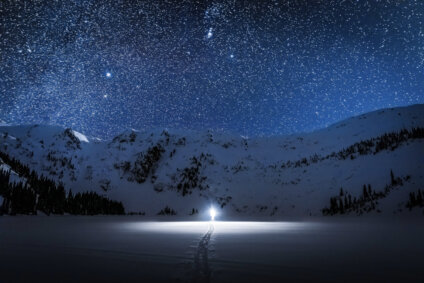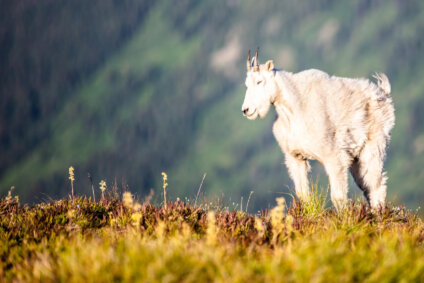Nez Perce-Clearwater Forest Plan Fails the Great Burn
The plan doesn't do enough to protect one of the Lower 48's wildest roadless areas

The Forest Service has finally released the Final Environmental Impact Statement and draft final plan for the Nez Perce-Clearwater National Forest.
We’ve waited about four years to see this newest version of the plan, and we are extremely disappointed with the result.
The plan proposes managing only 108,276 acres of the 151,874 acre Great Burn roadless area as recommended wilderness, opening up over 40,000 acres to snowmobiling and mountain biking.
Stretching nearly 100 miles between Lolo Pass and Lookout Pass in the Northern Bitterroot Mountains along the Idaho-Montana border, the Great Burn is one of the wildest roadless areas in the Lower 48. It provides crucial habitat for elk, mountain goats, and wolverines, and offers some of the best alpine access for hikers and horse-packers in the Northern Rockies.
The final forest plan will guide how the Forest Service manages the entire forest and over half of the Great Burn for decades to come. In its current state, it’s a major blow to the Great Burn’s exceptional wildness and wildlife, imperiling the last few remaining goats of the Blacklead mountain goat herd and threatening the highest quality maternal wolverine denning habitat in the entire forest.
The Hoodoo Roadless Area
At the heart of the Great Burn is the Hoodoo Roadless area, which the Forest Service has recommended for Wilderness designation for more than four decades. The plan released today proposes managing only 108,276 acres of the 151,874 acre roadless area as Recommended Wilderness. The plan would remove two areas from Recommended Wilderness: the northern section of the roadless area north of Fish Lake and the southern section of the roadless area south of Blacklead Mountain and Williams Peak. These areas would be open to winter motorized use and mountain biking.
The plan also creates a corridor along the Stateline Trail for mountain bike use.
The introduction of winter motorized travel into the Great Burn would have devastating impacts on the roadless area’s important wolverine maternal denning habitat and the sensitive mountain goat population in the Blacklead area. Moreover, the decision to shrink the Recommended Wilderness opens up the Great Burn to the threat of development, which would forever alter the character and quality of one of our nation’s most impressive roadless areas.
Other Implications
But isn’t the Nez-Perce Clearwater National Forest in Idaho?
It is indeed. However, wildlife and wild places don’t abide by state boundaries. The Great Burn is divided between the Nez Perce-Clearwater on the Idaho side and the Lolo National Forest on the Montana side and both forests are undergoing forest plan revision. The Forest Service must protect the Great Burn in both states to protect wildlife habitat and migration corridors in the largest roadless area in the Northern Region.
The Lolo National Forest is in the early stages of its own forest planning processes, with a plan currently scheduled for release in 2024.
What’s Next
The public has 60 days to submit objections to the draft final plan. We encourage everyone to submit an objection, especially if you previously commented on an earlier draft of the forest plan. The deadline for objections is January 29.
Next week, we’ll provide an in-depth analysis of the plan and walk you through how to submit the most meaningful objection to the Forest Service. Your objection will be critical to persuading the Forest Service to retain the recommended wilderness in the Great Burn.
In the meantime, you can learn more about the proposed plan and read the Forest Service documents and proposed maps here.
Stay Connected
"(Required)" indicates required fields


